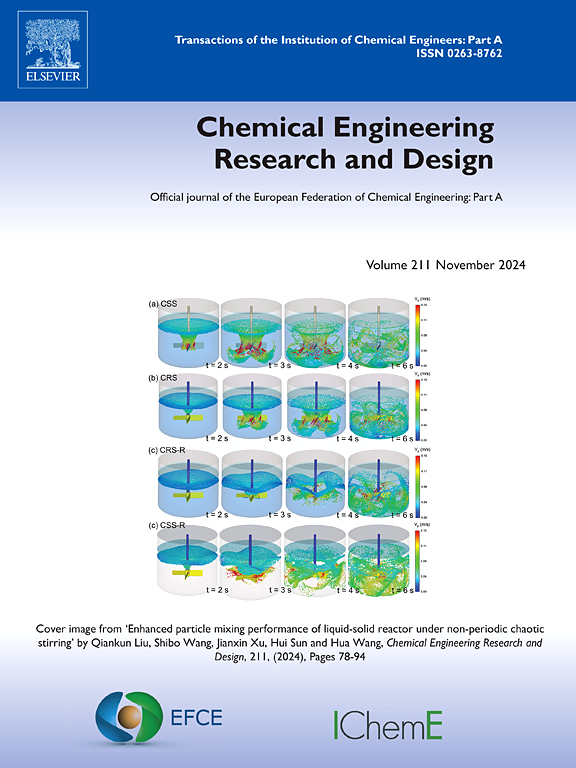利用机器学习模型加速水气变换反应的催化实验
IF 3.7
3区 工程技术
Q2 ENGINEERING, CHEMICAL
引用次数: 0
摘要
催化剂是任何反应途径的重要组成部分,以前人们使用 "反复试验 "的方法来确定所选反应的可行候选催化剂。我们的研究基于机器学习(ML)模型,以减少催化剂筛选过程所需的时间和成本。在此,我们将重点放在水气变换反应(WGSR)这一探究反应上,以测试所开发的模型,并随后预测合适的催化剂。首先,我们从文献中收集了可用的实验数据,并使用排序加权元素描述符(SWED)和传统技术对这些数据进行了表示。使用标准 ML 算法建立模型,经过 10 倍验证和 RMSE 评估后,使用最佳模型预测所选反应的新潜在候选催化剂。通过对特征重要性的研究,对该模式进行了探索,最后,为了增强实用性,还创建了一个用户界面。本文章由计算机程序翻译,如有差异,请以英文原文为准。
Accelerating catalytic experimentation of water gas shift reaction using machine learning models
Catalyst is an essential component of any reaction pathway, and in former times, “trial and error” approaches were used to identify viable candidates for a chosen reaction. Our study is built on the use of machine learning (ML) model, to reduce the time and cost involved in the catalyst screening process. Here we focussed on a probe reaction i.e. Water Gas Shift Reaction (WGSR) to test the developed model and subsequently predict suitable catalysts. Firstly, available experimental data from the literature were collected and represented using the Sorted Weighted Elemental Descriptor (SWED) and conventional techniques. A standard ML algorithm was used to develop the model, and after a 10-fold validation and RMSE evaluation, the best model was used to predict the new potential candidates for the chosen reaction. The pattern has been explored by embarking on feature importance studies, and finally, to augment with practicality, a user interface is created.
求助全文
通过发布文献求助,成功后即可免费获取论文全文。
去求助
来源期刊

Chemical Engineering Research & Design
工程技术-工程:化工
CiteScore
6.10
自引率
7.70%
发文量
623
审稿时长
42 days
期刊介绍:
ChERD aims to be the principal international journal for publication of high quality, original papers in chemical engineering.
Papers showing how research results can be used in chemical engineering design, and accounts of experimental or theoretical research work bringing new perspectives to established principles, highlighting unsolved problems or indicating directions for future research, are particularly welcome. Contributions that deal with new developments in plant or processes and that can be given quantitative expression are encouraged. The journal is especially interested in papers that extend the boundaries of traditional chemical engineering.
 求助内容:
求助内容: 应助结果提醒方式:
应助结果提醒方式:


